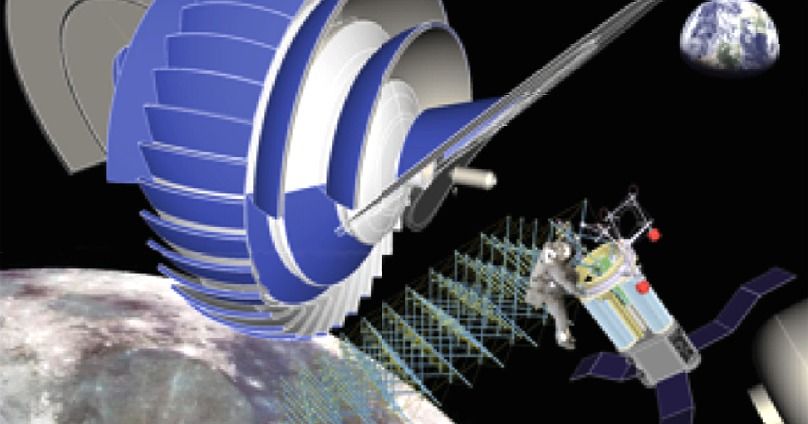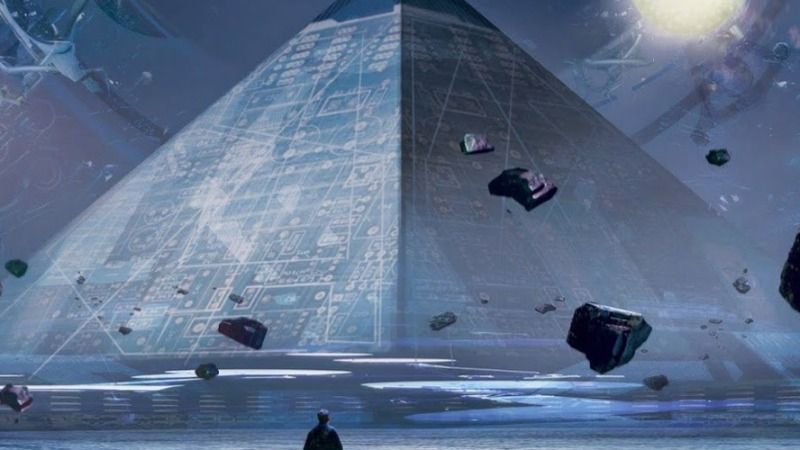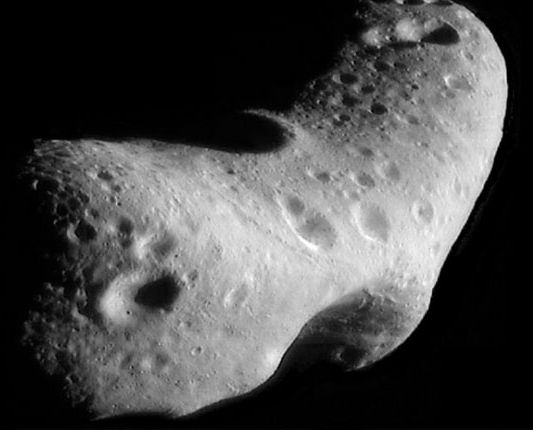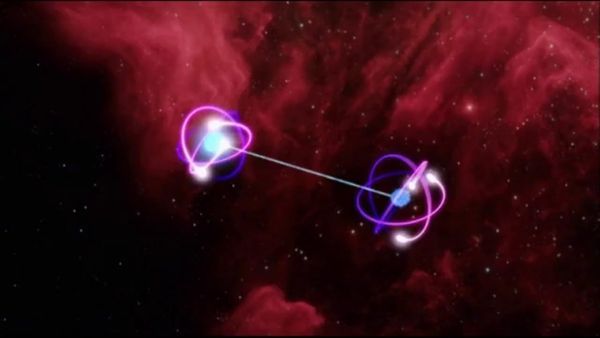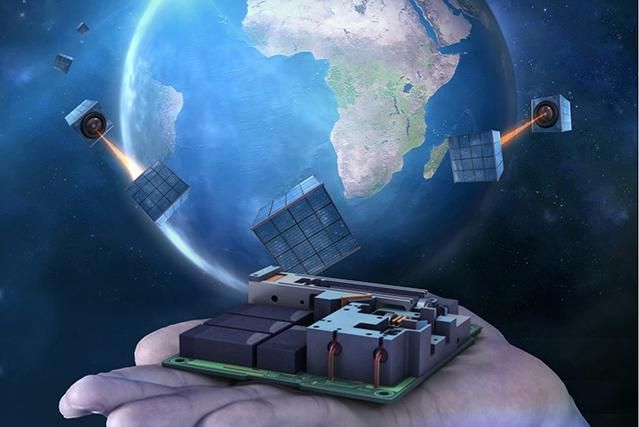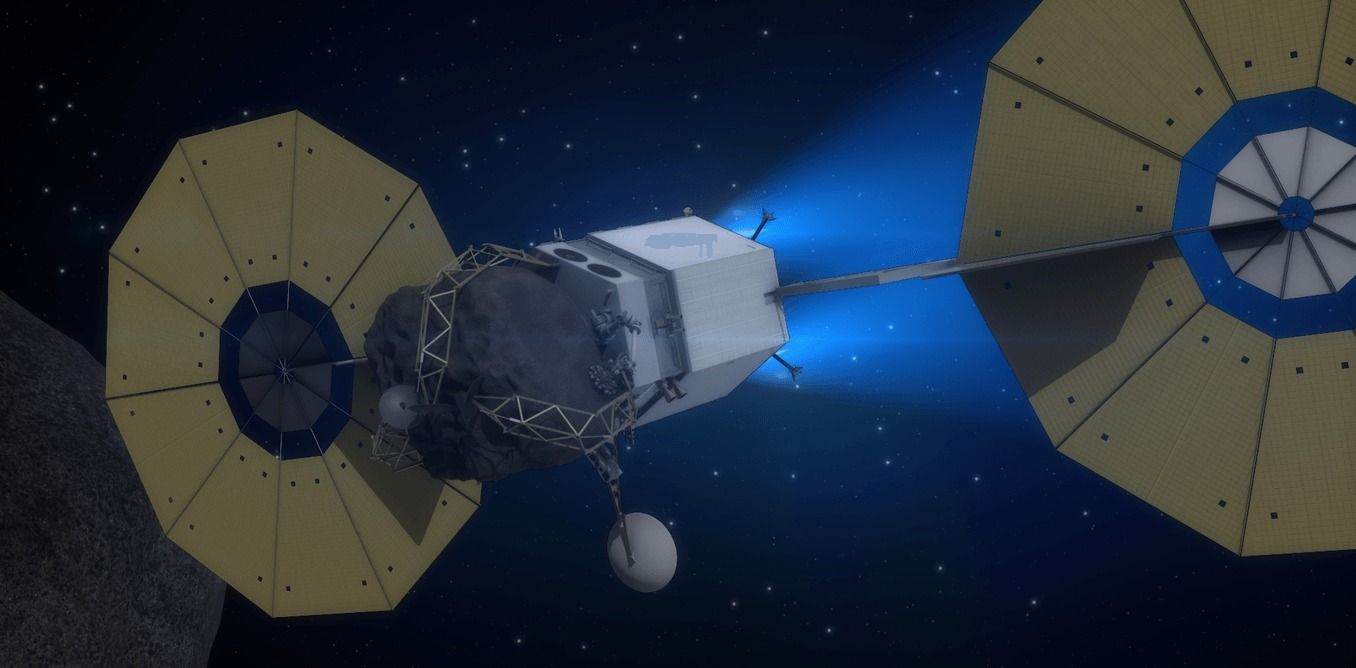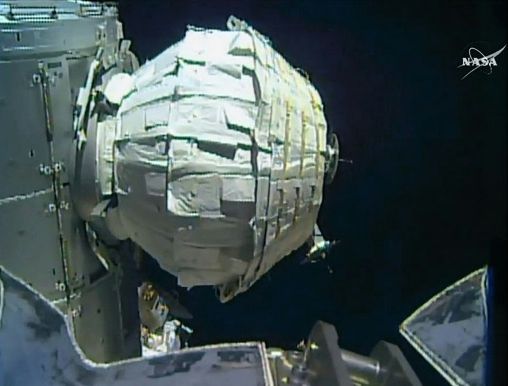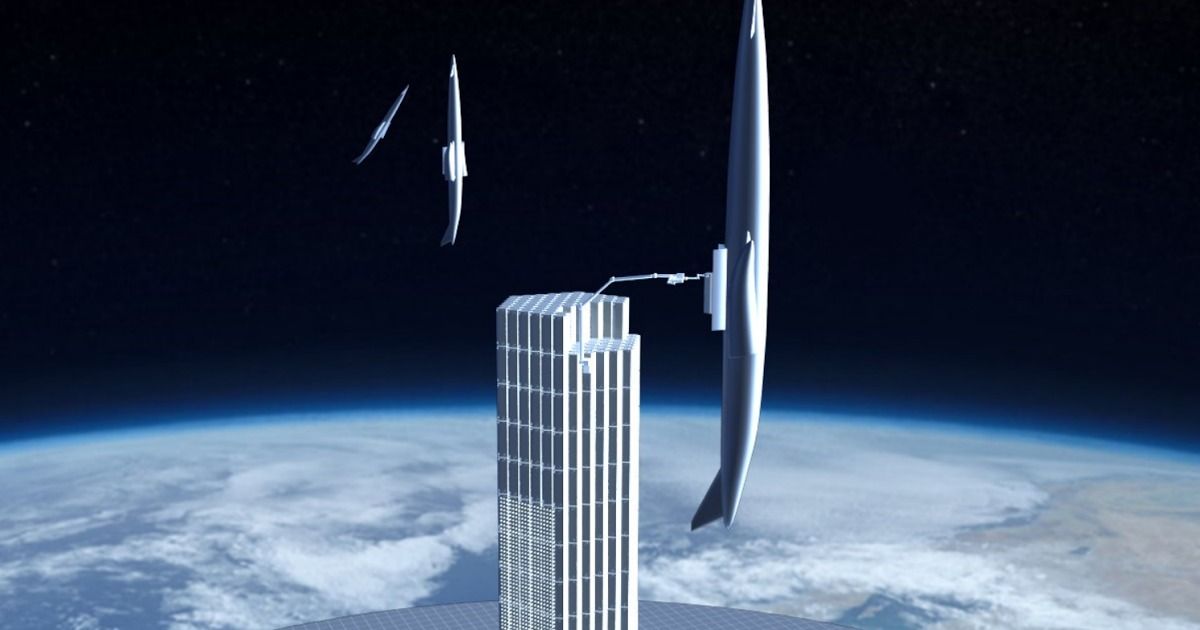You’ve seen that tensegrity sphere toy. I own one. This is like Bigelow modules but a step beyond.
NASA NIAC has funded a proposal that seeks to design a rotating habitat with a robotic system that constructs the structure and provides a habitat growth capability.
The tensegrity technology allows minimum mass of both the habitat and the robotic system. This proposal solves three unsolved space travel problems:
A) growth,
b) radiation protection, and
c) gravity.
Their innovative tensegrity-based evolvable habitat designs will solve three critical technical problems that NASA must address:
